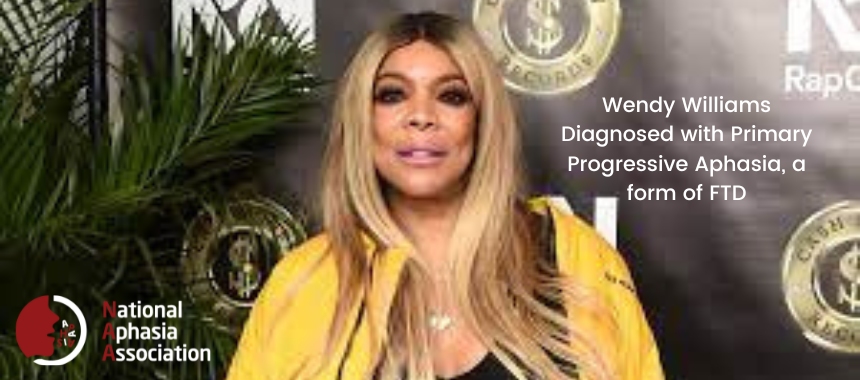May 13, 2015

Last night’s Face to Face with Aphasia symposium at Margaret Tietz Nursing and Rehabilitation Center in Jamaica, NY offered information and insights about Aphasia and a warm atmosphere for learning and sharing.
Ellayne Ganzfried, an ASHA fellow and a former executive director of the National Aphasia Association presented an overview of the different types of Aphasia (Broca’s, Wernicke’s, Global, Primary Progressive). Ms. Ganzfried also went over some of the main causes of aphasia, stroke, and head trauma being responsible for the majority of the cases. 25-40% of stroke survivors acquire aphasia and so do about 1/3 of people with severe head injuries. Other causes include neurological conditions and neurodegenerative disorders.
Estimations are that over 1 million Americans struggle with Aphasia. According to Ellayne Ganzfried the number is even higher but many people don’t report that they have aphasia because they simply don’t know that they have it:
Many people leave the hospital without ever hearing the word Aphasia. How do you know what to google if you have never heard of the name Aphasia?
The next speaker, Yael Neumann-Werth, an assistant professor at the Department of Linguistics & Communication Disorders at Queens College offered many insights on how to interact with persons with Aphasia. Some key points included:
Maintain natural conversation manner
Speak slowly
Be creative in your communication – use gestures, pointing, writing, pictures
Don’t pretend you understand what the person with Aphasia is saying. Admit you don’t understand and ask if they can rephrase, point, write, or draw what they are trying to say.
Use simple grammar, content words, and ask yes/no questions.
Visual communication tools like this YES/NO card can also help avoid confusion and facilitate communication.

Akila Rajappa, a speech-language pathologist at Columbia University’s Teacher’s College, talked about how to select the right assistive technology. Important things to consider are:
Previous experience with technology
Support for training
Partner’s experience with technology
Working memory abilities
Vision and hearing abilities
Cognitive strategies and skills
Motivation
A shortlist of technologies & applications that Ms. Rajappa suggested for people with Aphasia included:
(To find out more about applications and assistive technologies for persons with Aphasia visit the NAA’s resource page Aphasia Apps.)
Probably the best part of the evening was when several individuals with Aphasia shared their stories of recovery, optimism, and resilience. Their accounts of exciting trips, new hobbies, hard work to improve their speech, and fulfilling lives shared with friends and family were a true inspiration!


At the end, the floor was open for questions and one of the attendees asked which language recovers first in people with Aphasia who are bilingual. The answer that Dr. Neumann-Werth gave was that while Aphasia affects both languages in roughly the same way, the one that would recover first/better depends on:
Which one is the native language
Which one is the language of the surroundings (where the person lives)
Which one is used more often
The meeting notes and slides will soon be available online for those who couldn’t attend or those who want to follow up on some of the provided information. We will update this page when the notes become available.



